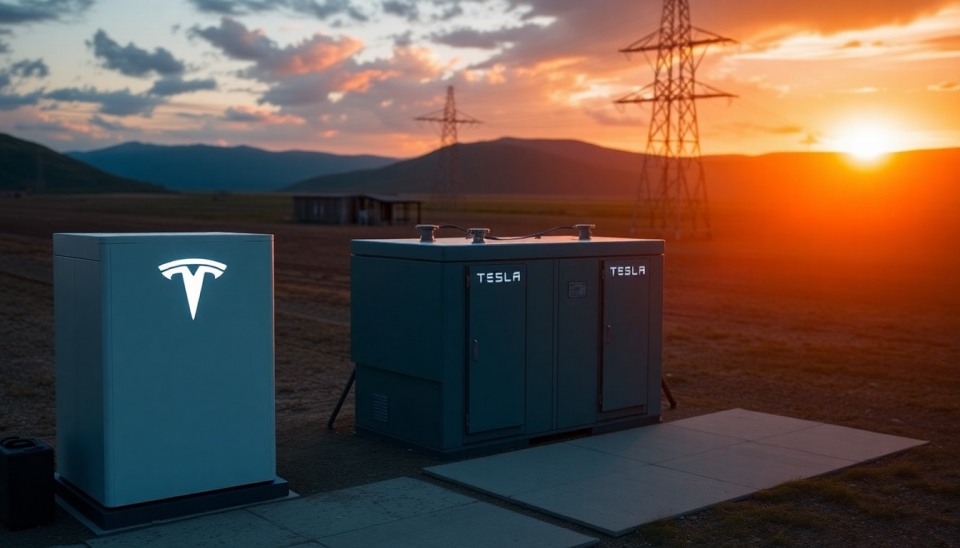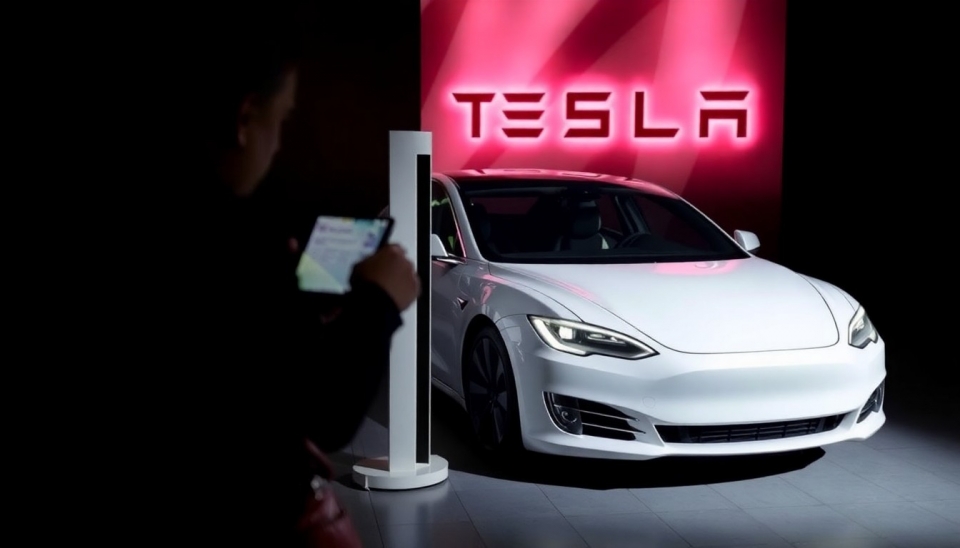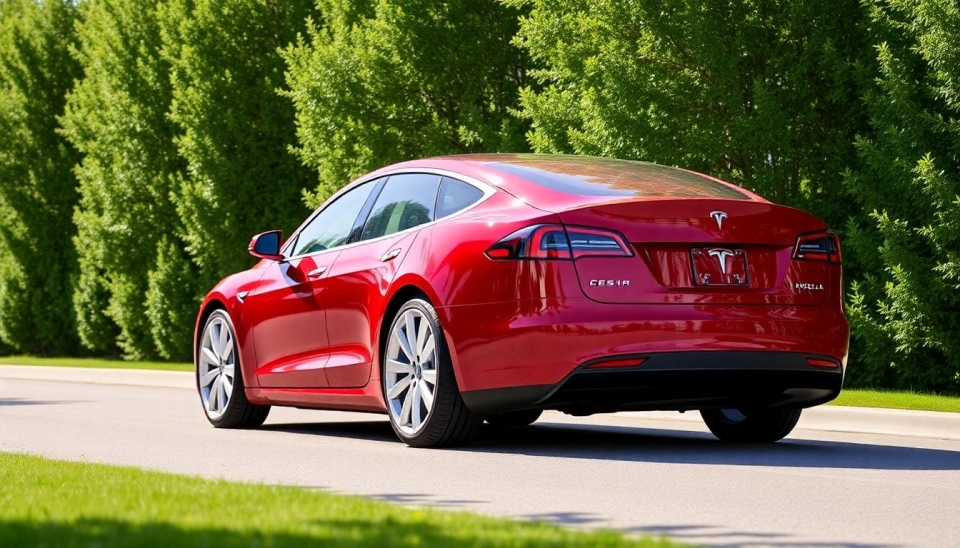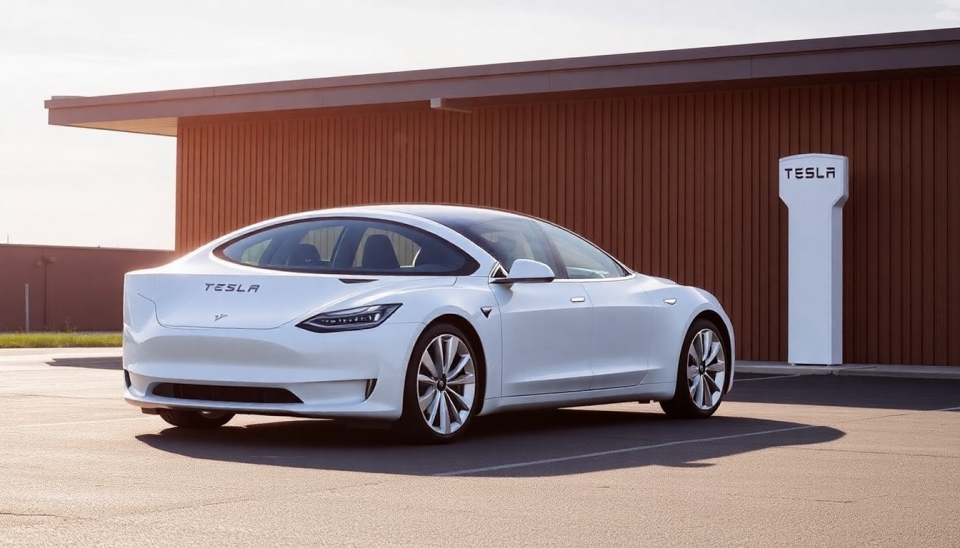
In a transformative move for global energy infrastructure, an increasing number of large battery systems are being deployed by key industry players including Tesla, Esvolta, and Fluence. These robust energy storage solutions are significantly enhancing energy grid efficiency and resilience across various regions, ultimately reshaping how power is generated, stored, and consumed.
The momentum behind these large-scale battery installations is driven by the urgent need for reliable energy storage that can accommodate the growing demand for renewable energy sources. With climate change concerns prompting a shift towards renewable energy, solar and wind power generation has experienced an unprecedented boom. However, these sources are often intermittent, necessitating innovative storage solutions that can manage the irregular nature of their output.
Major advancements in battery technology have enabled companies to produce large-scale systems that can store significant volumes of energy for varying periods. For instance, Tesla’s Megapack is a standout offering that allows the storage of up to 3.9 MWh of energy per unit, making it an appealing choice for grid operators aiming to stabilize supply and demand fluctuations. By using advanced lithium-ion technology, these battery packs offer unrivaled performance, scalability, and sustainability.
Esvolta, another key player in the energy storage market, is also making waves with its large battery deployments in the U.S. and Asia. The company focuses on integrating their systems with existing electrical grids, optimizing energy management, and enhancing overall efficiency. By collaborating with local utility companies and leveraging sophisticated algorithms, Esvolta seeks to maximize the usability and effectiveness of its batteries across different grid environments.
Fluence, a joint venture between Siemens and AES, is further pushing the boundaries of energy storage with its extensive portfolio of battery-based solutions. The firm’s SHEF system not only provides storage capabilities but also offers predictive analytics that assists grid operators in making informed decisions regarding energy distribution. This high level of integration is crucial for the future of smart energy management.
The rapid adoption of these large battery systems is largely attributed to the economic benefits associated with energy storage. By alleviating pressure during peak demand times and providing backup power during outages, large batteries can save utilities and consumers significant costs. This financial incentive is compelling, especially as energy markets evolve and regulatory frameworks increasingly favor cleaner energy sources.
Moreover, as governments across the globe enact policies aimed at reducing carbon emissions, energy storage solutions like those from Tesla, Esvolta, and Fluence are positioned to become indispensable components of national energy strategies. The operational flexibility these systems provide allows for a smoother transition towards a more decentralized and renewable-driven energy landscape.
As the energy sector continues to embrace innovation, collaborations between technology companies and utilities are anticipated to grow. This trend will be essential in accommodating the inertia of traditional energy systems while integrating forward-thinking advancements like large-scale batteries. The potential for scalability and wide-reaching application makes these battery systems a cornerstone for the future of energy grids worldwide.
In summary, the increasing deployment of large batteries by companies such as Tesla, Esvolta, and Fluence represents a significant shift in the global energy landscape. As these technologies become more prevalent, they will contribute substantially to the efficiency and reliability of energy grids, ultimately propelling the transition to cleaner and more sustainable energy sources.
#Tesla #Esvolta #Fluence #EnergyStorage #RenewableEnergy #SmartGrids #ClimateChange
Author: Emily Collins




